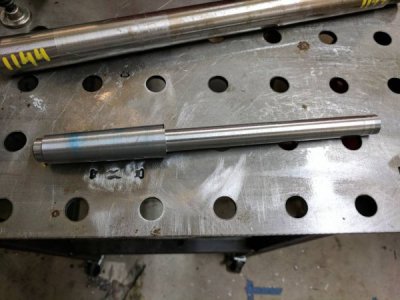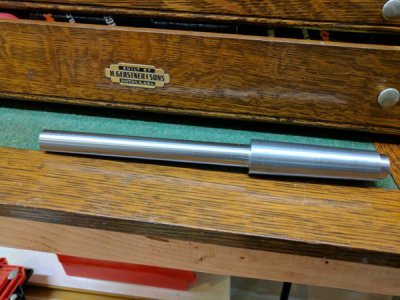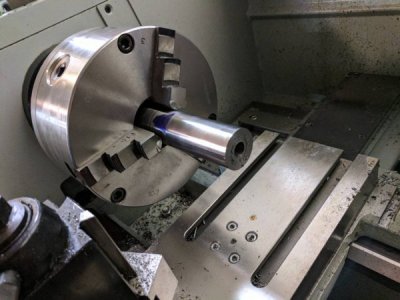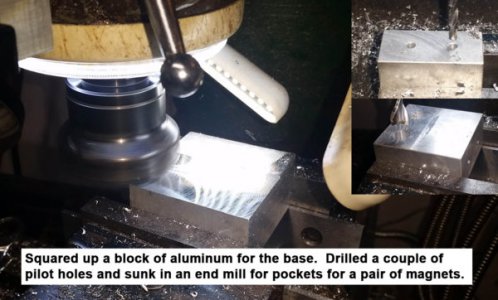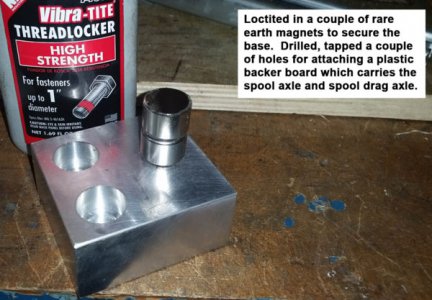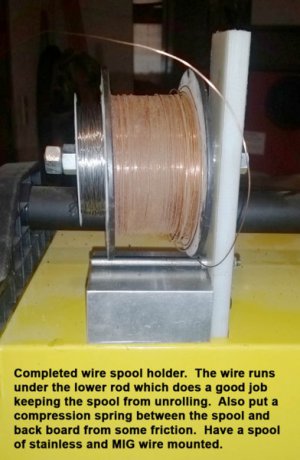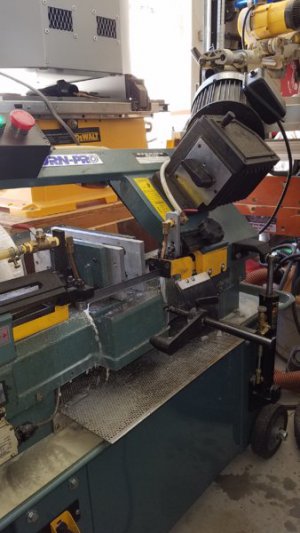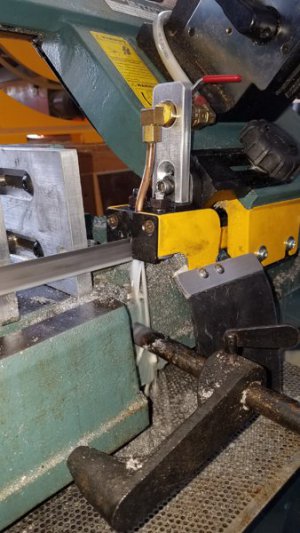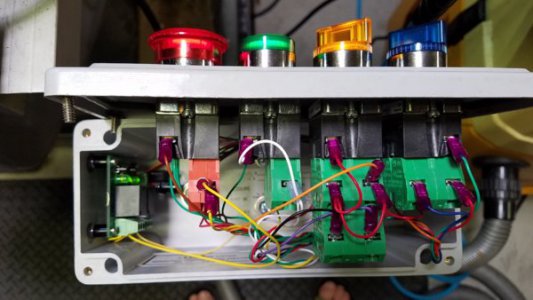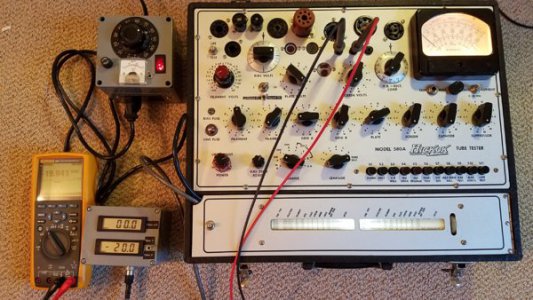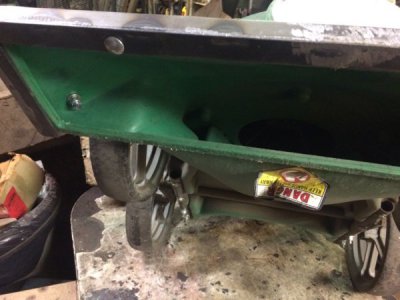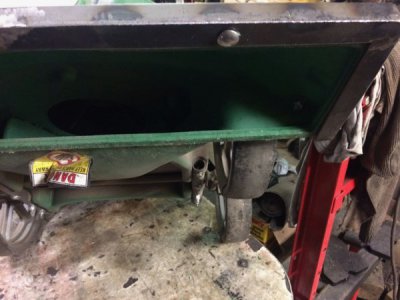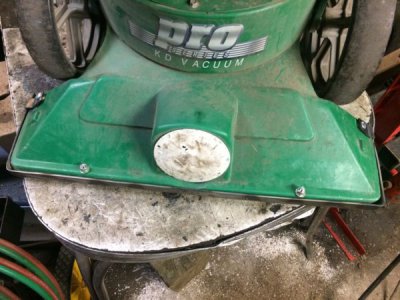- Joined
- Jun 13, 2015
- Messages
- 97
I am finally able to finish up some projects that have been put on hold until I got my mill.
This is my action truing jig. Just need to buy some 1/2"-20 set screws and brass tip them. There are a lot of plans to build these to be inserted into a 4 jaw chuck but I liked the idea of just being able to put it on the lathe.


I needed a jack to stabilize the jig when I was drilling but I don't have any. I got a nut from my clamping kit, cut a stud from some ready rod (studs in kit were too long) and used a hex spacer nut.

This is my action truing jig. Just need to buy some 1/2"-20 set screws and brass tip them. There are a lot of plans to build these to be inserted into a 4 jaw chuck but I liked the idea of just being able to put it on the lathe.


I needed a jack to stabilize the jig when I was drilling but I don't have any. I got a nut from my clamping kit, cut a stud from some ready rod (studs in kit were too long) and used a hex spacer nut.



